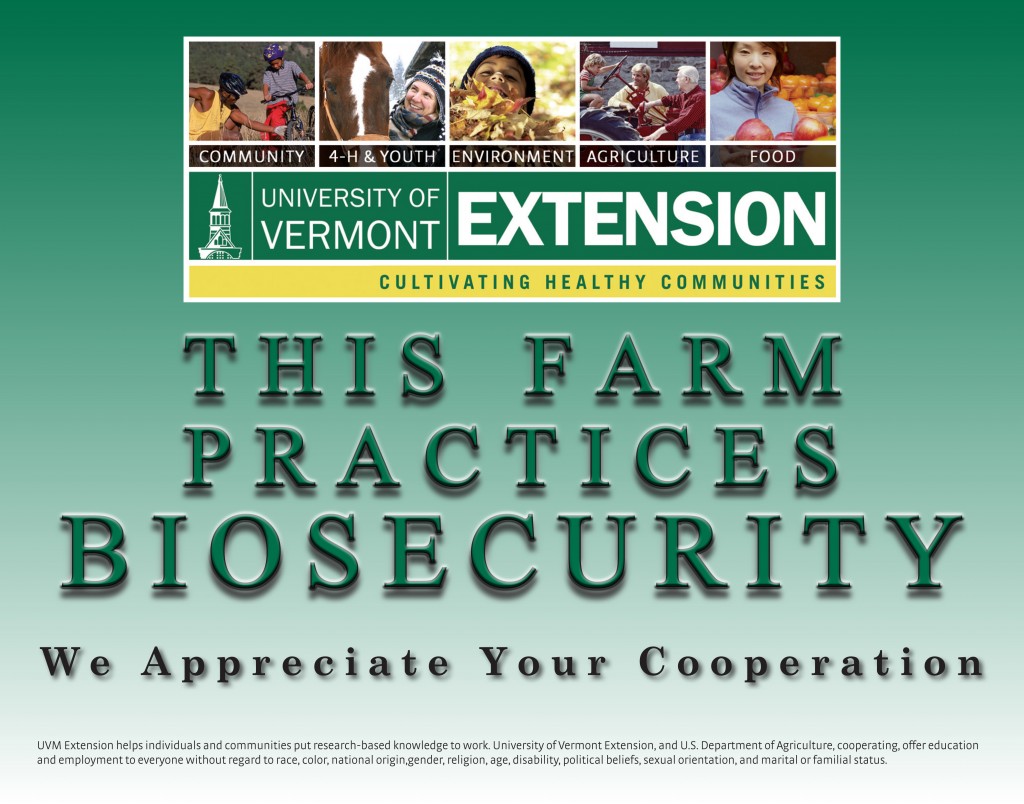Costs and Challenges Associated with Developing and Implementing a Community-Wide Biosecurity Plan
In the United Kingdom in 2001, foot-and-mouth disease devastated the industries with susceptible livestock–cattle, swine, sheep, and goats–at a cost of over $15 billion dollars in a country only slightly larger than New England. Preparedness and proactive response plans are the best ways to reduce the economic, environmental, and social devastation that could be caused by a disaster like that in the US.
Through this $471K integrated research and extension project, over the next three-and-half years, we expect to (1) Increase adoption of farm visitor record-keeping tools by increasing awareness of risk in agricultural contact networks, (2) Identify possible incentives to support protective emergency biosecurity protocols, (3) Develop a catalog of educational resources to distribute to farms and agricultural communities in the event of a highly contagious disease outbreak, and (4) Complete a farm-level cost-benefit analysis of implementing strict biosecurity in the face of a highly contagious disease outbreak. In Year 1 we have (1) recruited four case farms to participate in the project, (2) developed a “contact recall challenge” which is being conducted with the assistance of 4-H dairy youth and (3) developed a survey instrument to assess perceptions of the need for biosecurity given a hypothetical disease outbreak scenario.
An advisory group consisting of the case farm owners, allied agricultural business personnel, local and state officials has been established to provide feedback and suggestions regarding project activities. One of the case farms is also a “charter” member of the CALS Dairy Center for Excellence.
Project leaders: Julie M. Smith (ASCI), Bob Parsons (CDAE), Ellen Rowe (UVM Extension, St. Johnsbury)
 This project was supported by Agriculture and Food Research Initiative Competitive Grant no. 2010-85122-20613 from the USDA National Institute of Food and Agriculture.
This project was supported by Agriculture and Food Research Initiative Competitive Grant no. 2010-85122-20613 from the USDA National Institute of Food and Agriculture.

Check out our cooperating case farms.
Read our December 2010 or July 2010 newsletter.
Read the article entitled, “Expect the Best, Prepare for the Worst: Research Helps Communities Plan for Disaster” on the UVM College of Agriculture and Life Sciences (CALS) website.
